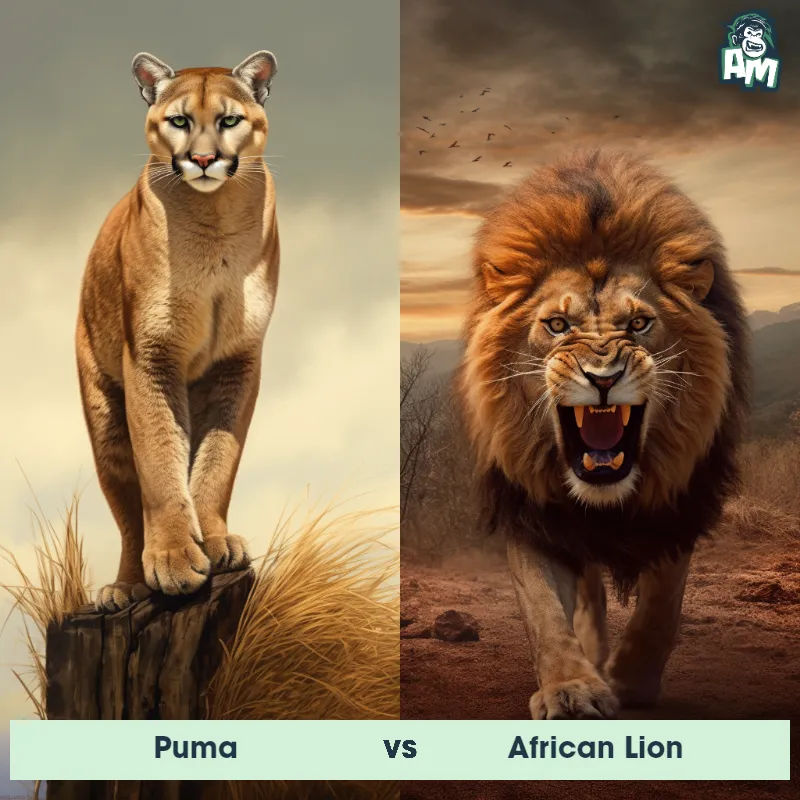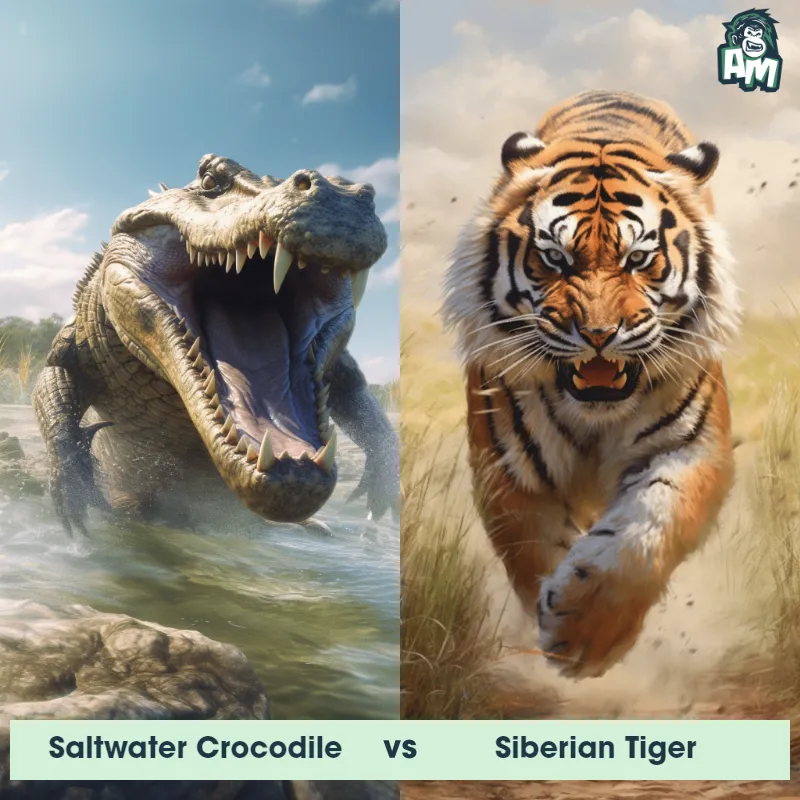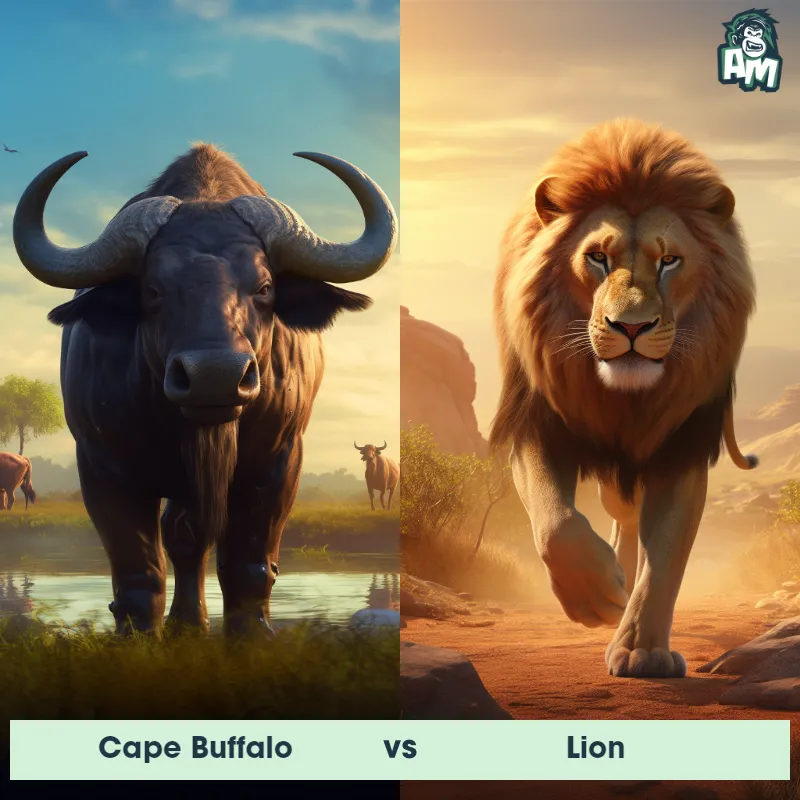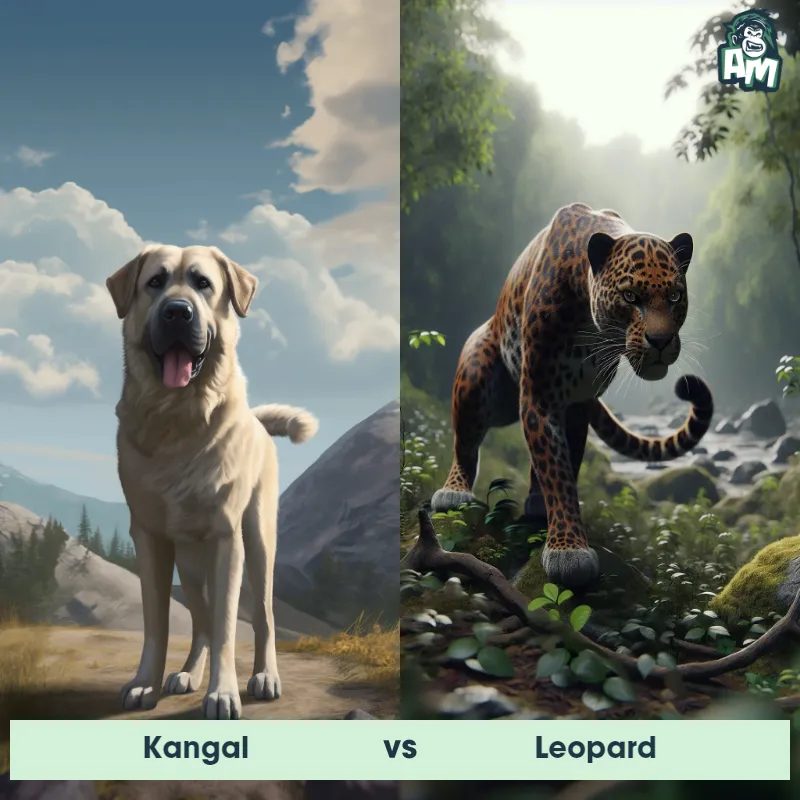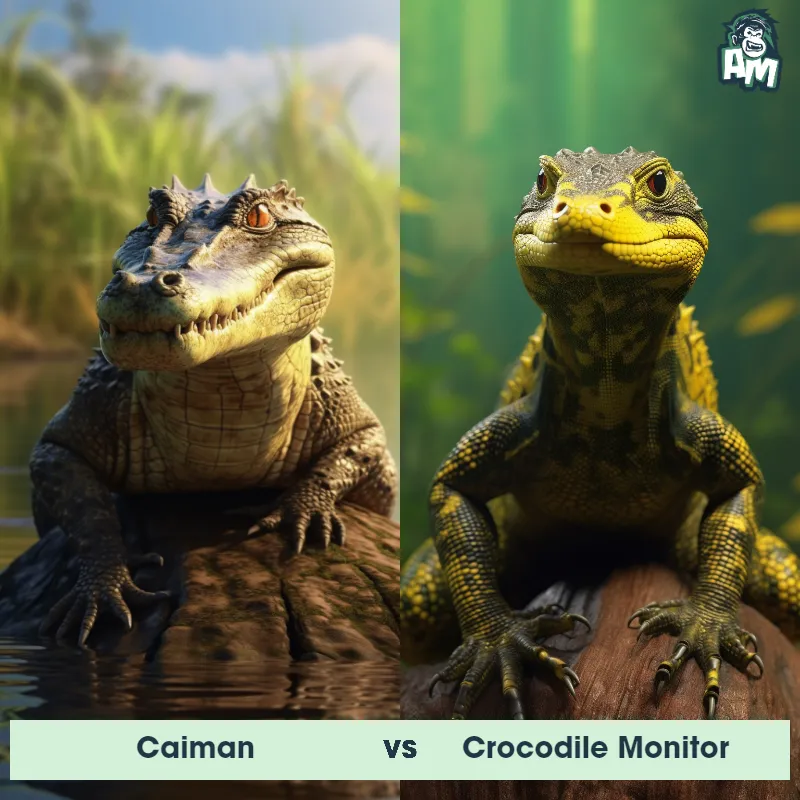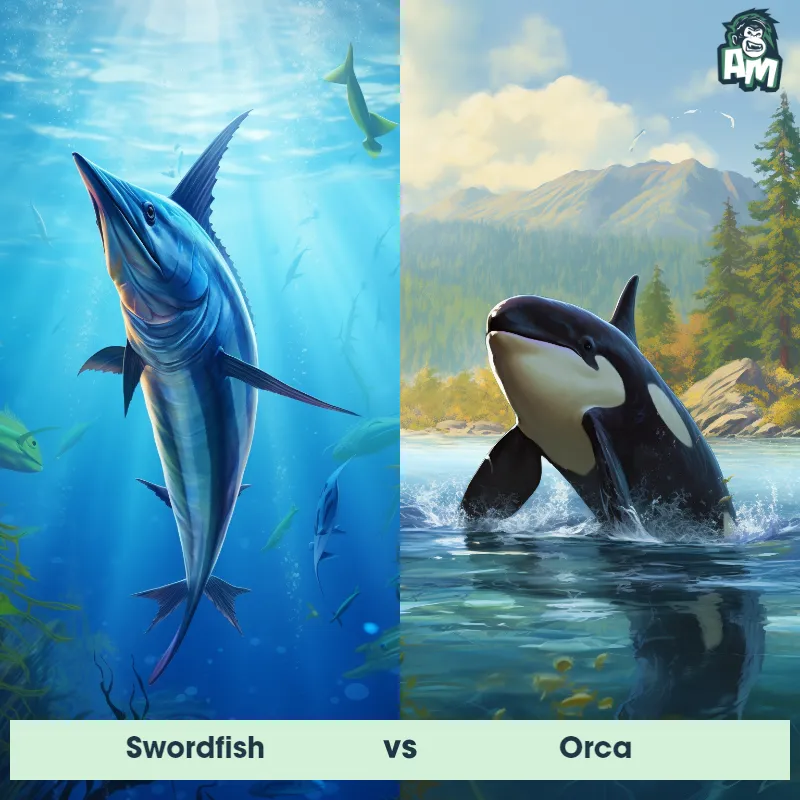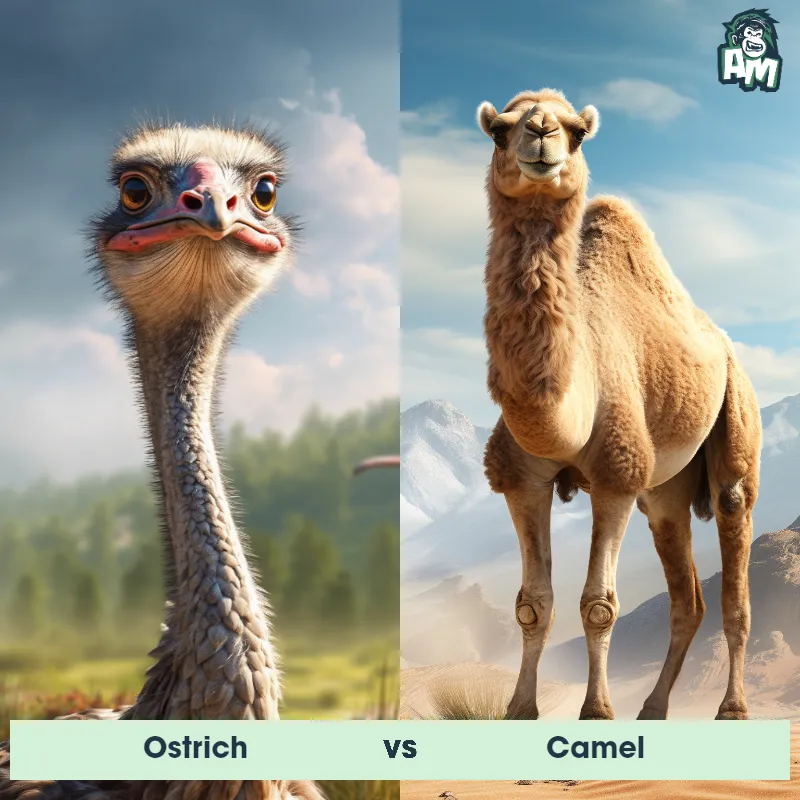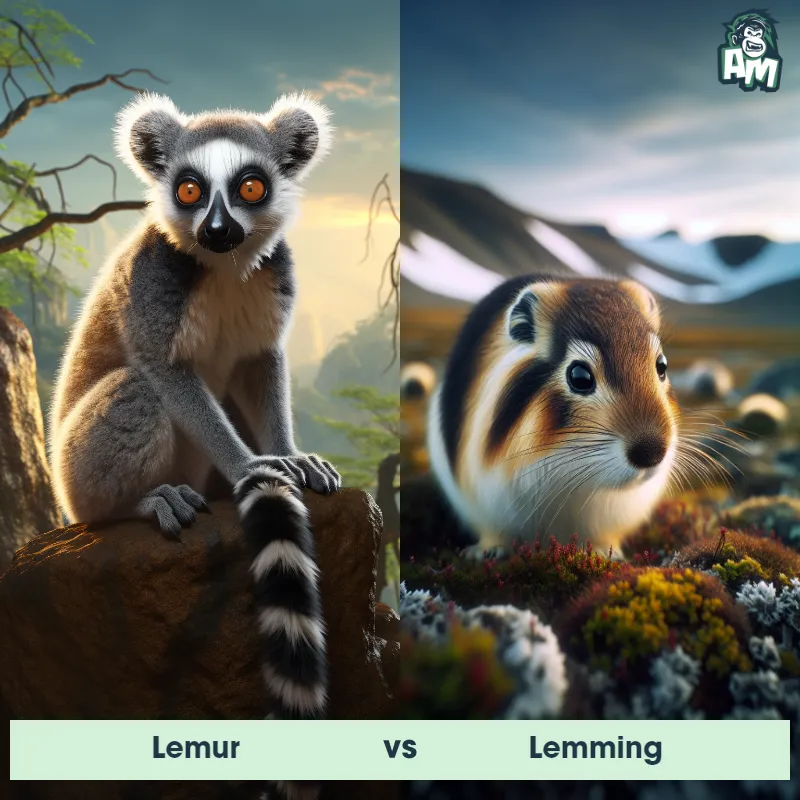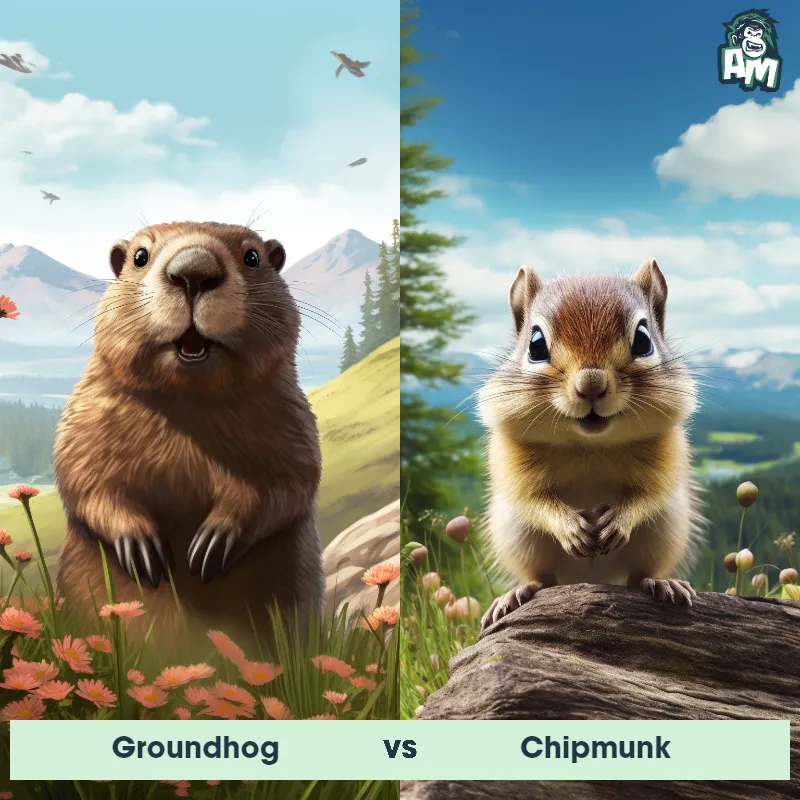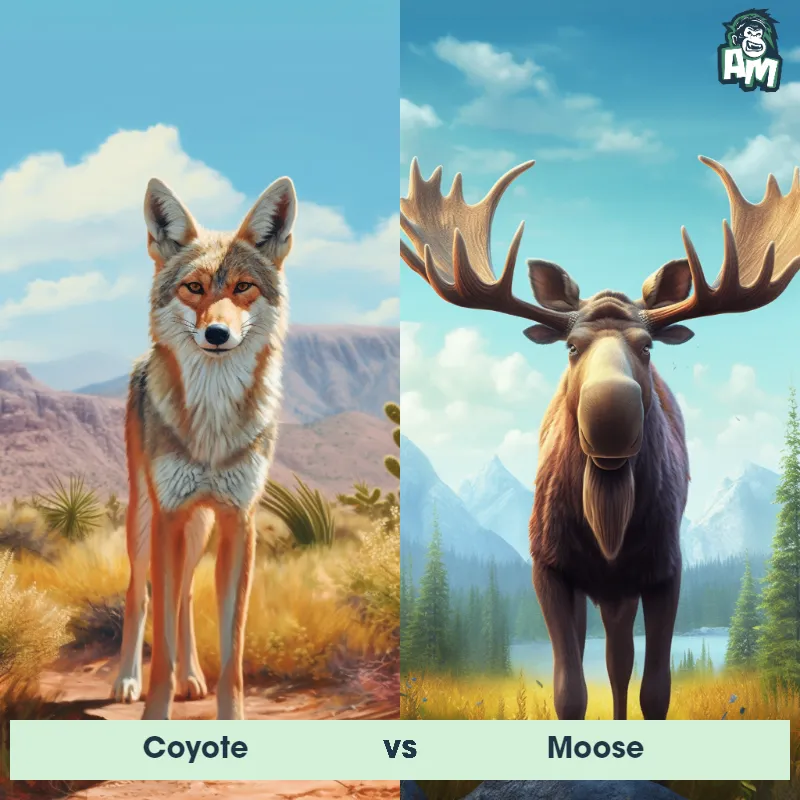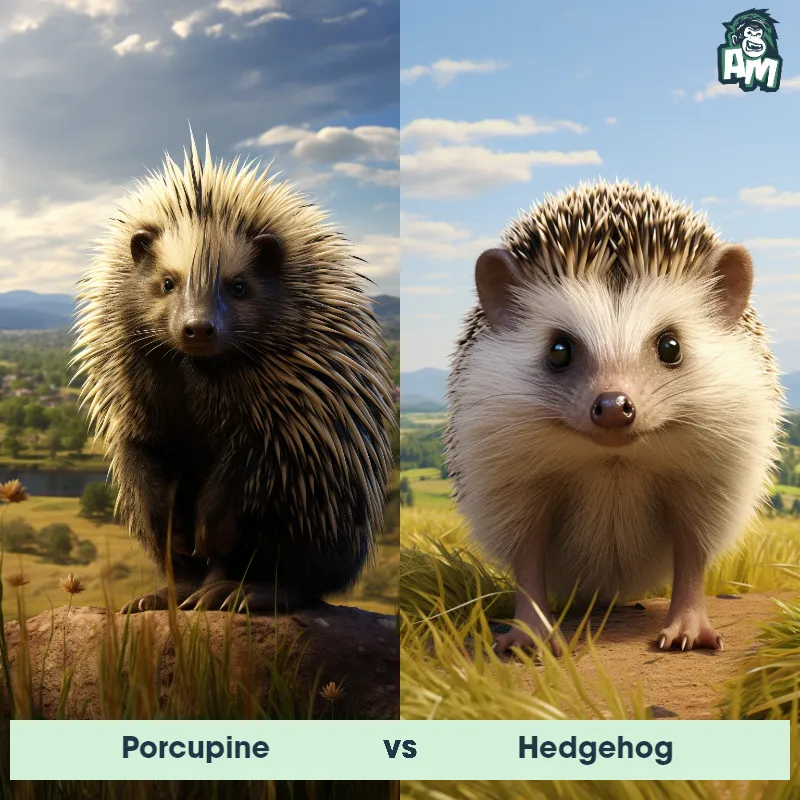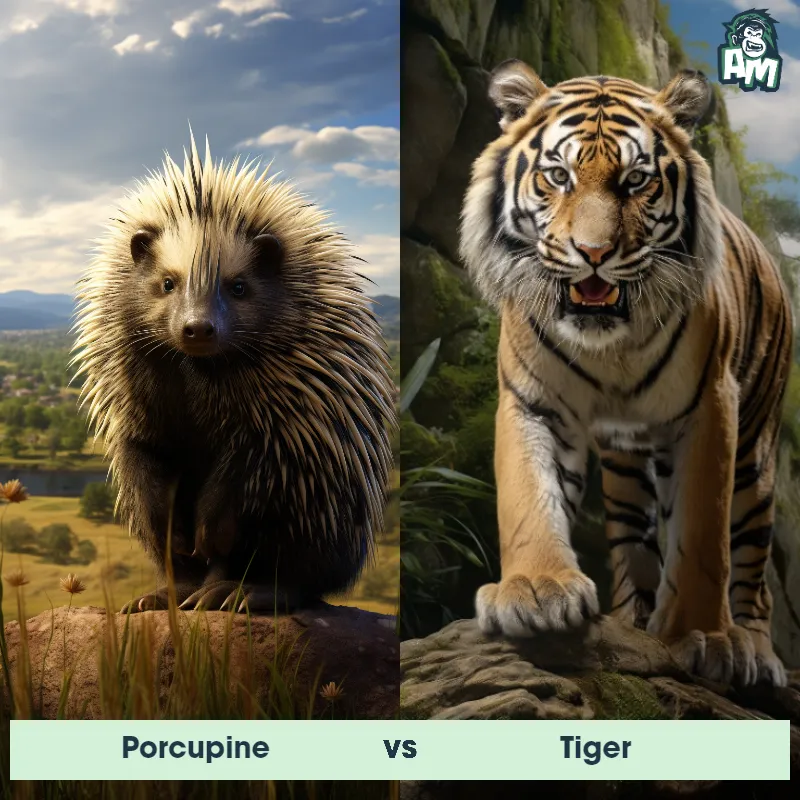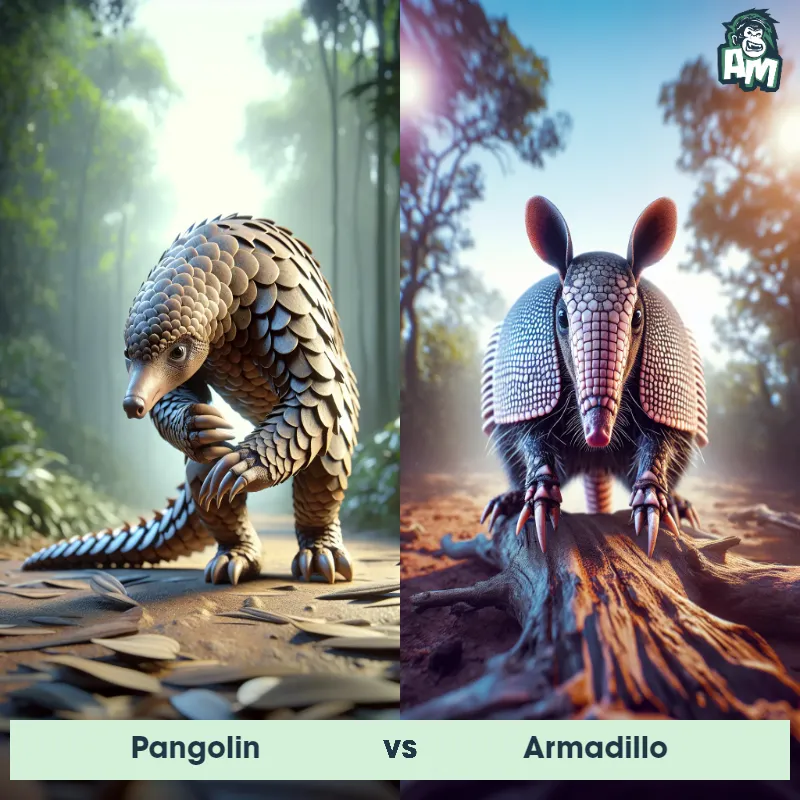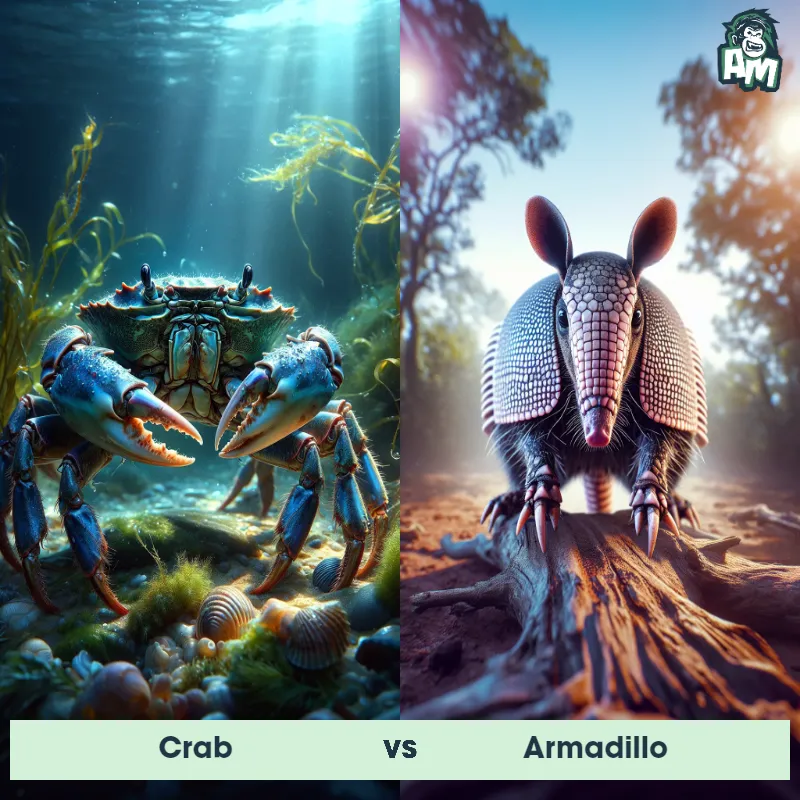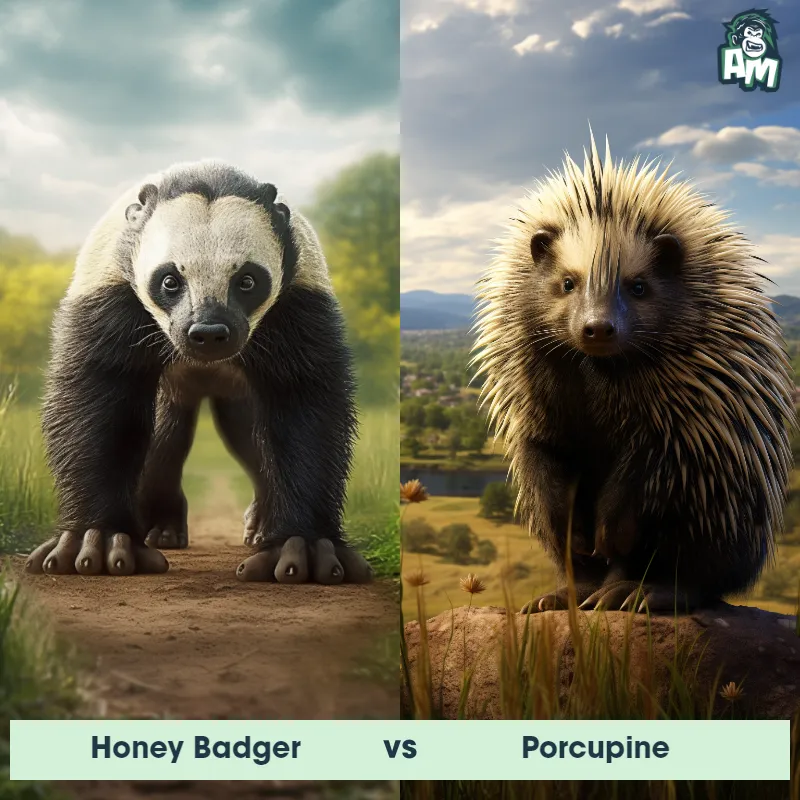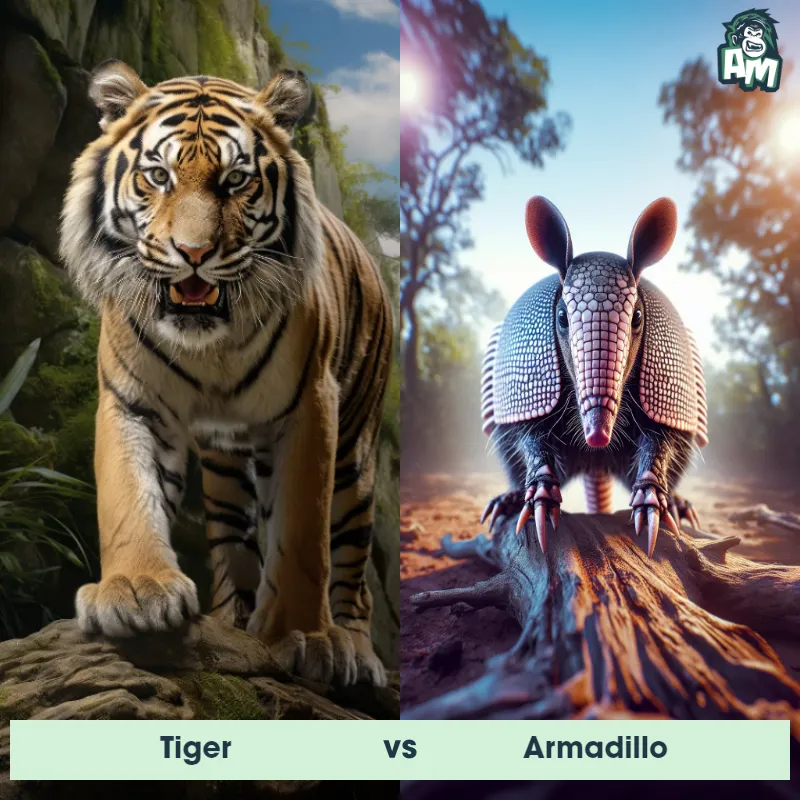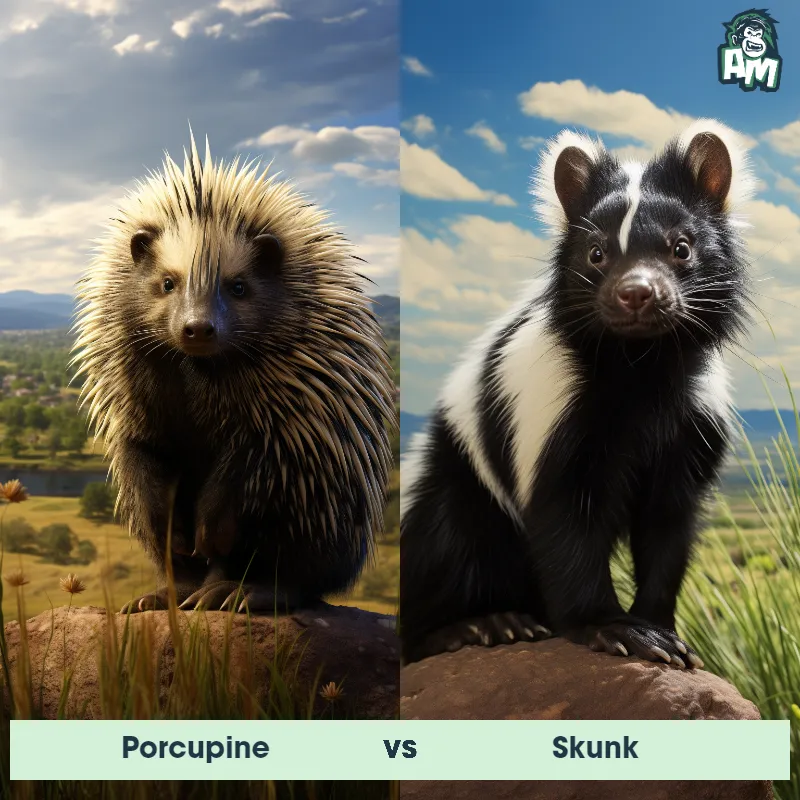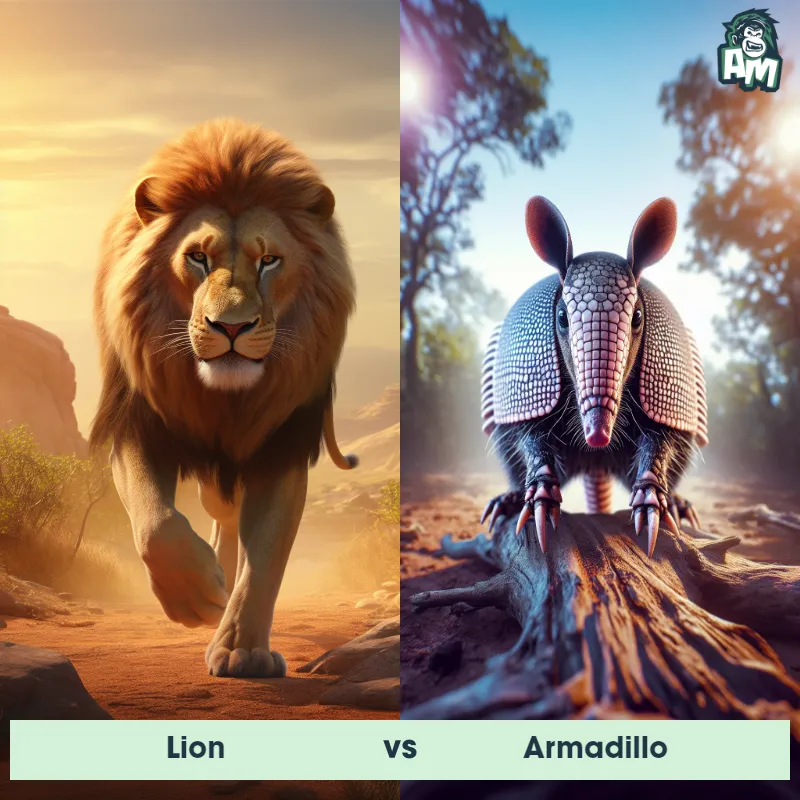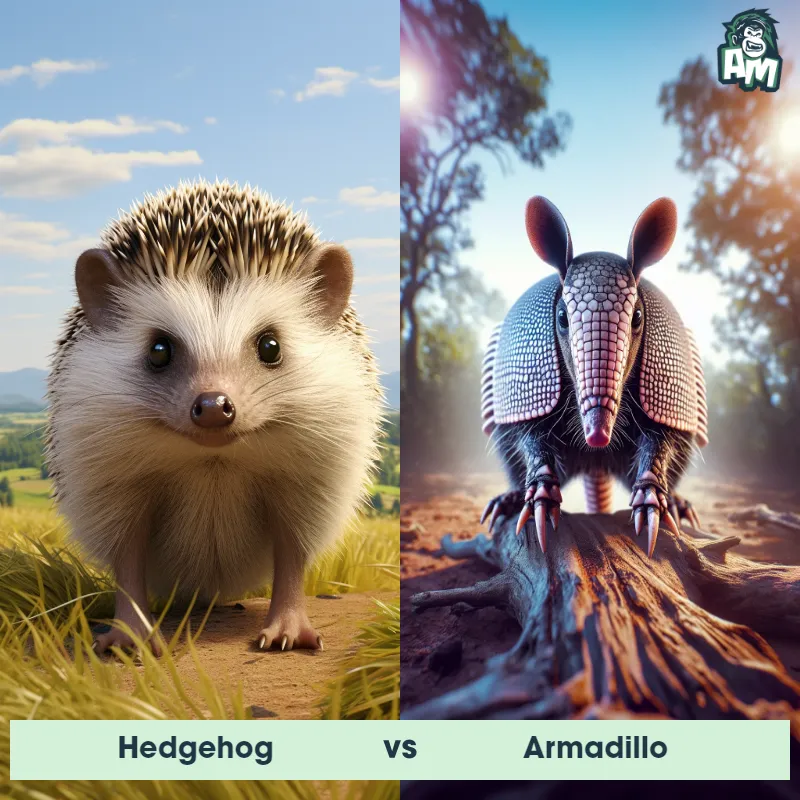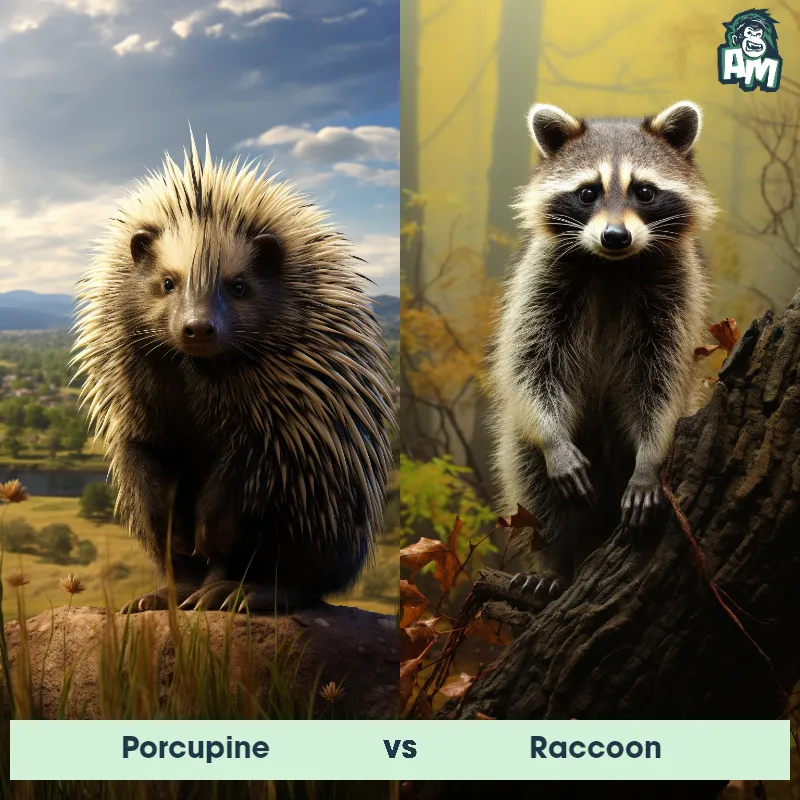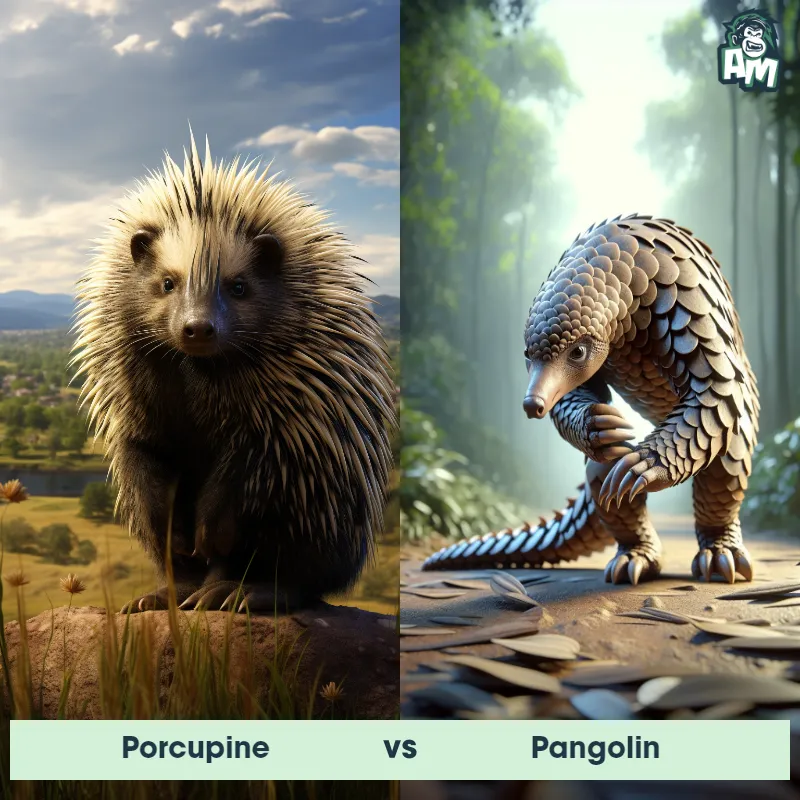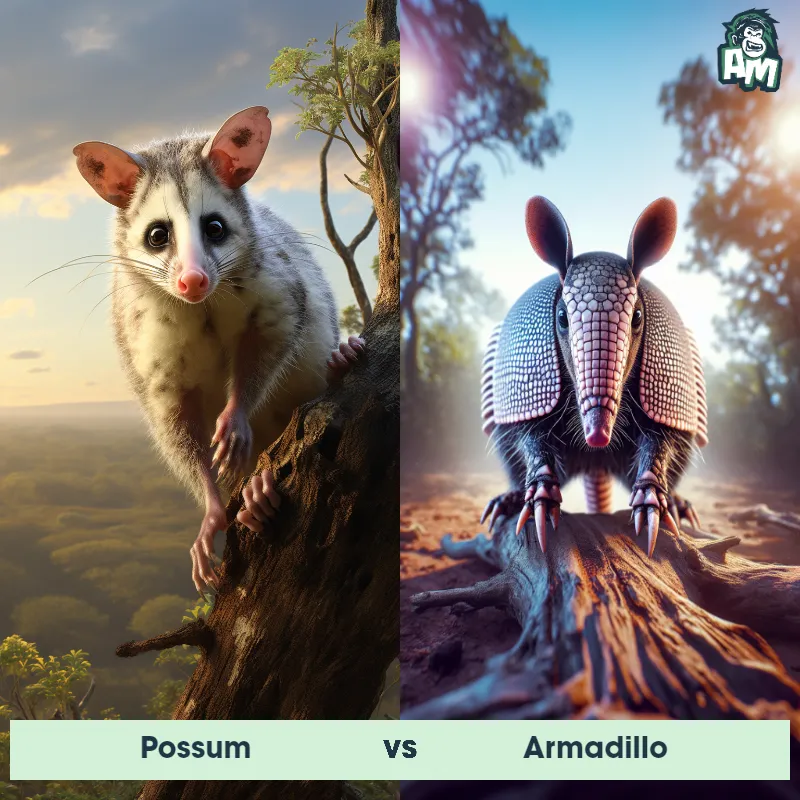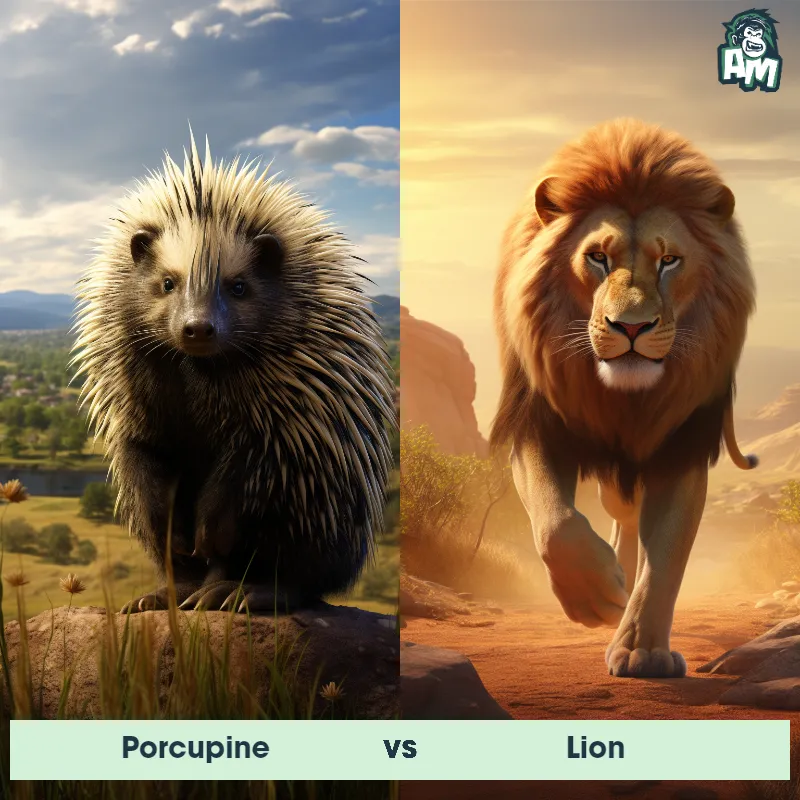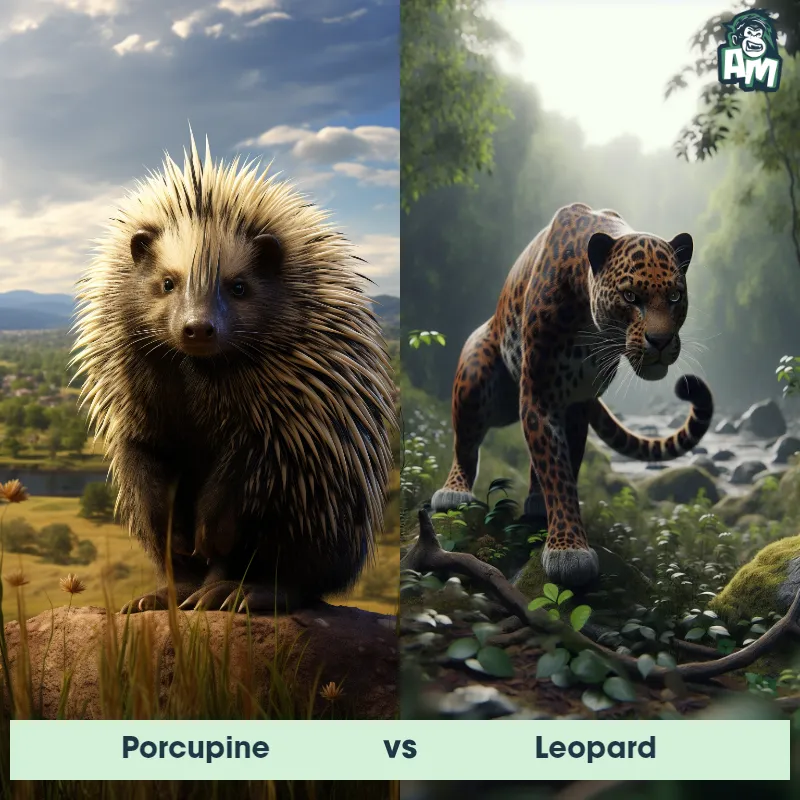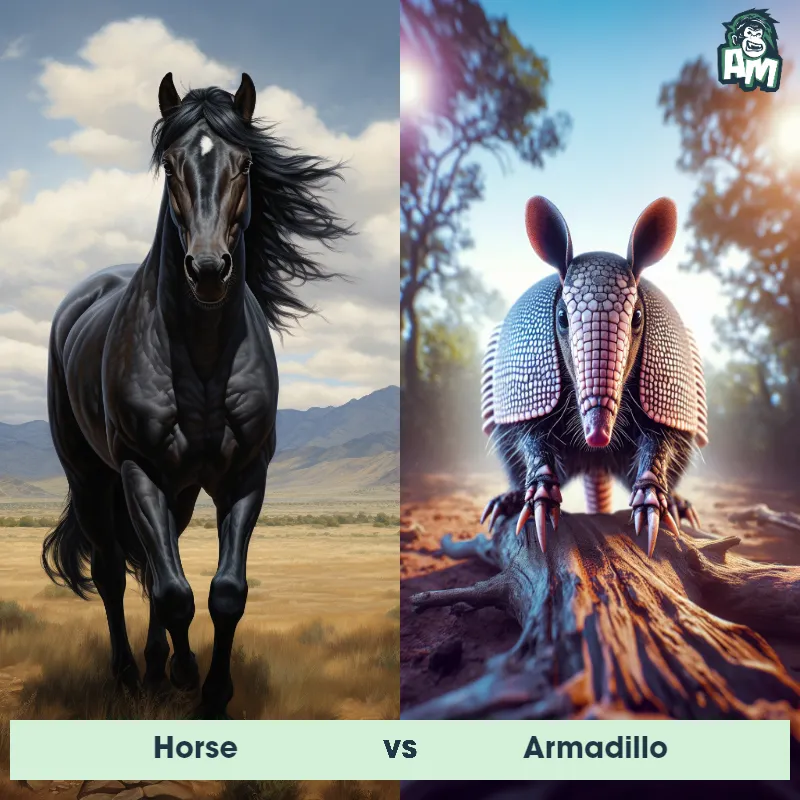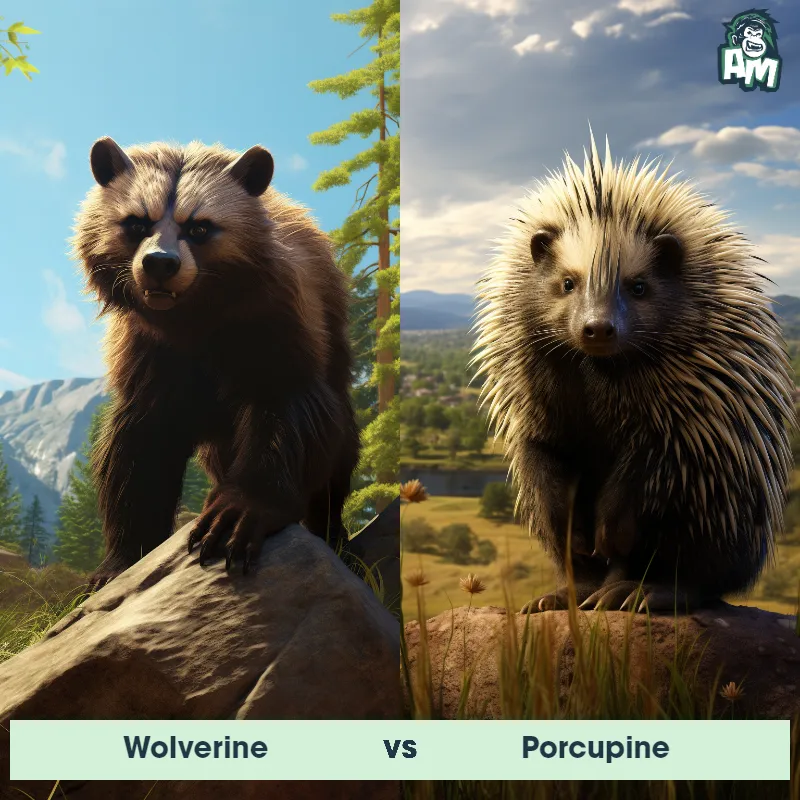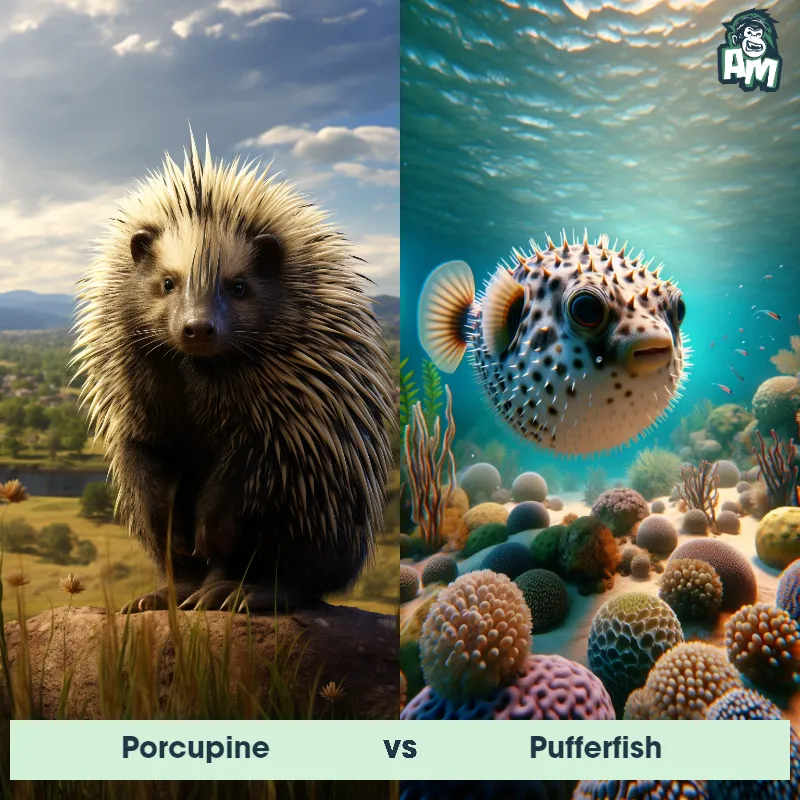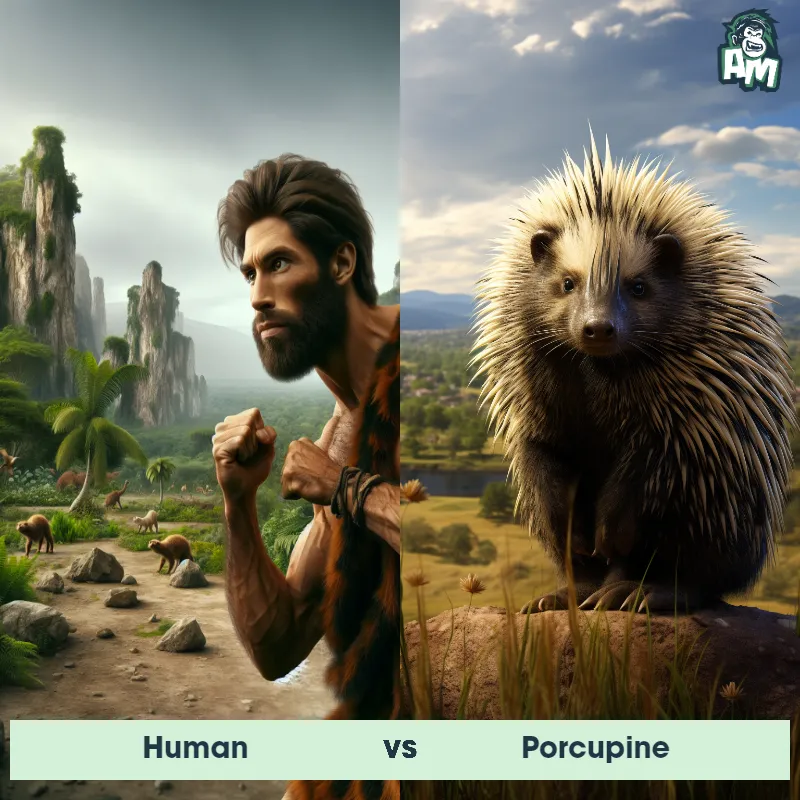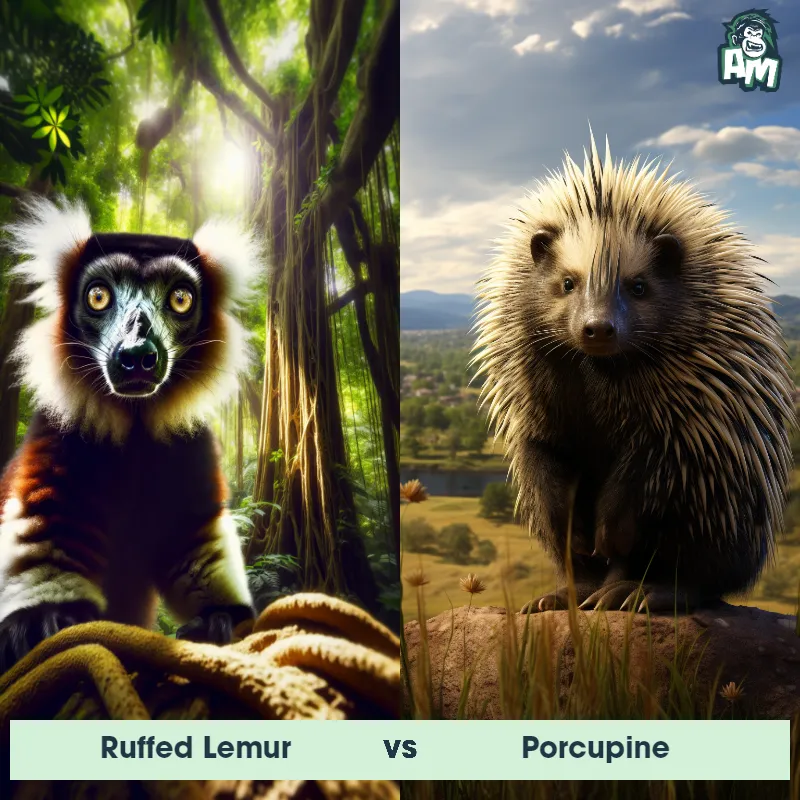Porcupine vs ArmadilloSee Who Wins

Ladies and gentlemen, welcome to this thrilling matchup here at the Animal Matchup Arena! Tonight, we bring you a one-of-a-kind showdown between two unique creatures. In one corner, we have the prickly powerhouse, the Porcupine. And in the other corner, the armored marvel, the Armadillo. Get ready for an epic clash as these two fascinating animals go head-to-head!
Contender 1: Porcupine
The Porcupine is a unique, large rodent recognized by its coat of sharp spines, or quills, which are used for protection against predators. The most characteristic feature of this mammal is its quills, which can be up to 30 centimeters long and are coated with a layer of keratin making them tough and resistant. These nocturnal creatures vary greatly in size and appearance across different species, ranging from a foot to over two feet in length, excluding the tail. The porcupine is a herbivore, mainly eating leaves, bark, and stems of trees.
Fun Fact: Unlike common belief, Porcupines cannot shoot their quills out at will, rather the quills detach easily when a predator comes into contact with them.
Contender 2: Armadillo
The Armadillo, also known as the "little armored one," is a unique mammal characterized by its bony, leathery armor-like shell that covers its body. These fascinating creatures have a stocky body with short legs and are typically around the size of a small dog, ranging from 5 to 59 inches in length. Their sharp claws enable them to dig burrows easily, and their long tongue is perfect for catching insects, their primary food source. They have poor eyesight but an excellent sense of smell, which they use to locate food.
Fun Fact: Armadillos have a fascinating reproductive strategy called polyembryony, where a single fertilized egg divides into identical embryos, resulting in the birth of multiple identical offspring. This unique process allows Armadillos to give birth to quadruplets or even higher numbers of identical young.
Matchup Stats
| Porcupine | Armadillo | |
|---|---|---|
| Size | 25-36 inches (63.5-91.4 cm) | 5-59 inches (12-150 cm) |
| Weight | 12-35 lbs (5.4-15.9 kg) | 6-119 pounds (3-54 kg) |
| Speed | 2mph (3.2km/h) | 30mph (48km/h) |
| Key Strength | Sharp quills for protection | Sharp claws for digging and defense |
| Biggest Weakness | Slow movement | Poor eyesight |
Current Votes
Porcupine vs Armadillo
See Who Wins
View More Matches
Looking For More?
Similar Matches
Scientific Stats
| Porcupine | Armadillo | |
|---|---|---|
| Scientific Name | Erethizon dorsatum | Dasypus |
| Family | Erethizontidae | Dasypodidae |
| Habitat | Forests, deserts, grasslands | Grasslands, forests, and deserts |
| Geography | North and South America, Africa, Europe, and Asia | Found in the Americas, primarily in South America, Central America, and the southern parts of North America |
| Diet | Leaves, bark, and stems of trees | Insects, small vertebrates, plant material |
| Lifespan | 5 years - 10 years | 10 years - 15 years |
Key Differences between Porcupine and Armadillo
- Clawed Limbs: Armadillos have sharp, strong claws on their front and back limbs, which they use for digging burrows, while porcupines have less prominent claws that are not specialized for digging.
- Shape: Porcupines have a stocky, robust body with short legs, a round head, and a blunt snout, while armadillos have a long and slender body shape, with a pointed snout and distinct plated shell covering their back.
- Tail: Porcupines have a long, thick tail covered in quills that can be raised as a defense mechanism, whereas armadillos have a long, scaly tail that is not covered in armor or quills.
- Size: Porcupines are typically larger than Armadillos, with adult porcupines measuring around 2 to 3 feet in length, while armadillos are usually around 2 to 3 feet long.
- Color: Porcupines have a spiky coat covered in sharp quills, which can be black, brown, or a mix of colors, while armadillos have a tough, armored shell covering their body, which can range in color from gray to brown.
- Head and Ears: Porcupines have a large head with small, rounded ears, while armadillos have a smaller head with large, pointy ears.



